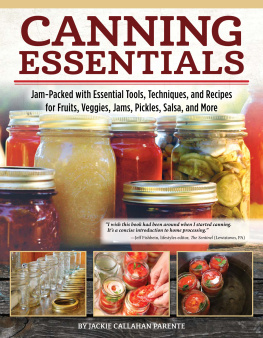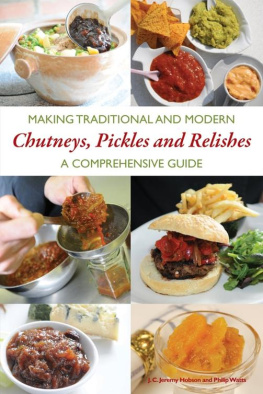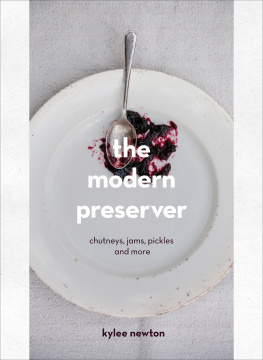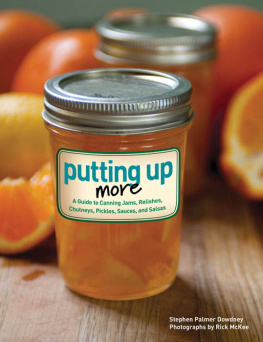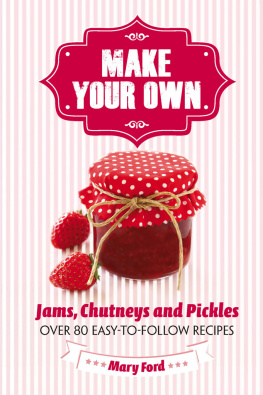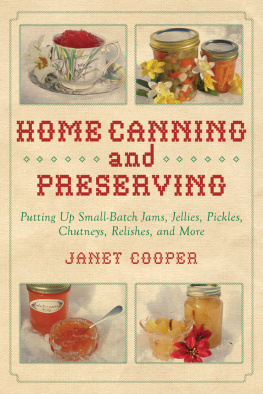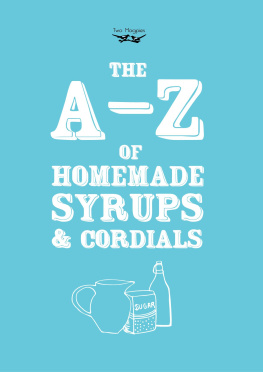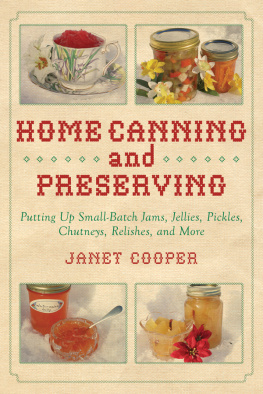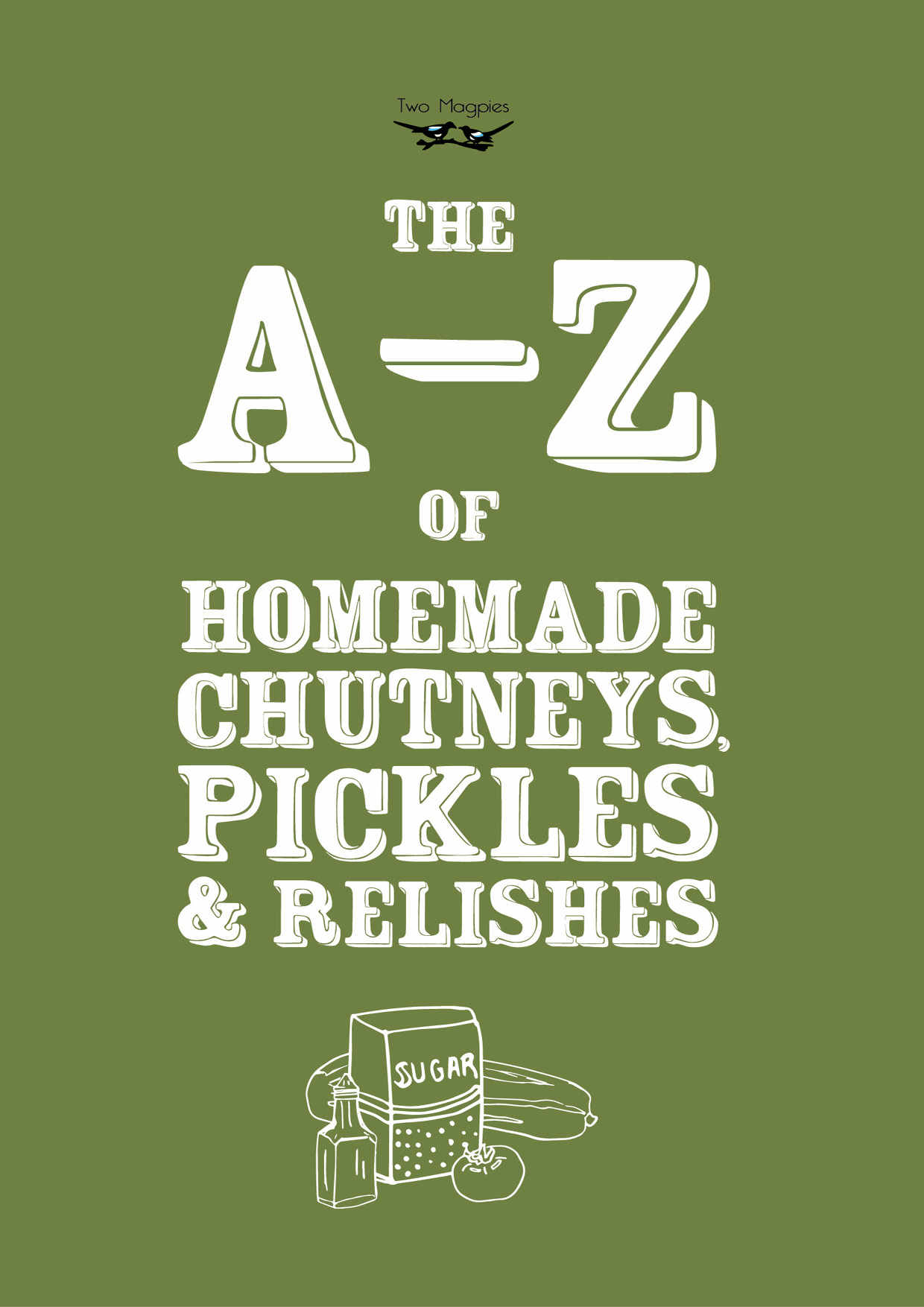
Copyright 2013 Two Magpies Publishing
An imprint of Read Publishing Ltd
Home Farm, 44 Evesham Road, Cookhill, Alcester, Warwickshire, B49 5LJ
Commissioning Editor Rose Hewlett
Words by Amelia Carruthers
Design and Illustrations by Zo Horn Haywood
This book is copyright and may not be reproduced or copied in any way without the express permission of the publisher in writing.
British Library Cataloguing-in-Publication Data.
A catalogue record for this book is available from the British Library.
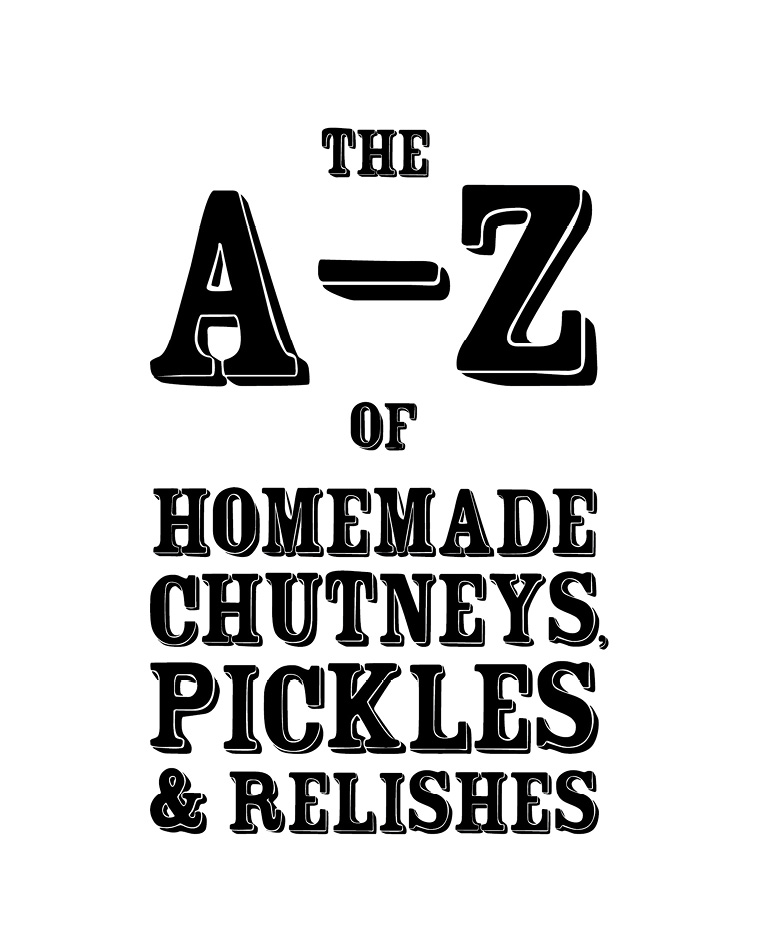
Commissioning Editor Rose Hewlett
Words by Amelia Carruthers
Design and Illustrations by Zo Horn Haywood
Contents
Introduction
Welcome to the wonderful world of chutneys, pickles and relishes.
As well as lots of classic recipes, this book is filled with tips and techniques on making the perfect preserve. Whats more, you dont even need lots of equipment or a vast array of ingredients to get started. Making your own chutneys, pickles and relishes at home is very often cheaper than buying them - perfect for the thrifty home-chef. The cost of ingredients is low (especially if you grow them yourself), and by creating large batches, you can save a huge amount of money.
It is incredibly easy to make chutneys, pickles and relishes at home Preserving vegetables by turning them into chutney, for example, involves cooking (to reduce the vegetables moisture content and to kill bacteria, yeasts, etc.), flavouring, the addition of vinegar, and sealing within an airtight jar (to prevent recontamination). Thats it! Pickles and relishes are largely similar, but generally involve the addition of vinegar and other spices to often uncooked (or partially cooked) vegetables, producing a slightly chunkier result.
Pickling began 4000 years ago, using cucumbers native to India; the resultant product known as achar. The technique was also used by the Romans, who made a concentrated fish pickle called garum. Although these products arose out of necessity, people enjoyed the resultant flavours too! Chutneys are very similar in preparation and usage to a pickle, and they date back as far as 500 BC. Although also famous as an Indian dish, this method of preserving food actually originated in Northern Europe and was adopted by the British empire, who then started exporting food to the colonies including Australia and America. However, the combination of greater and more varied imports to Britain, as well as new abilities to refrigerate food, meant that chutneys fell out of favour and were relegated to military and colonial use. The British Royal Navy particularly utilised lime pickle/chutney to ward off scurvy on journeys to the new world. Consequently, it was around this time (about 1780) that chutney appeared as a popular appetizer dish in India.
The history of chutneys, pickles and relishes is thus inextricably tied with the history of exploitation and colonisation. British rule over the Indian subcontinent relied on preserved foodstuffs such as lime pickles, chutneys and marmalades. It was only in the nineteenth century that types of chutney such as Major Greys or Bengal Club, specifically created for western tastes, were shipped back to Europe. The tradition of chutney, pickle and relish making then spread quickly through the English-speaking world, especially in the Caribbean and American South, where chutney is still a popular condiment for ham, pork, and fish. Relishes are particularly fashionable in America, with pickled cucumber the most widely available condiment. An especially notable relish is Gentlemans Relish, invented in 1828 by Ben Elvin, which contains spiced Anchovy. It is traditionally spread sparingly atop unsalted butter on toast. Amusingly, Worcester sauce was discovered from a forgotten barrel of special relish in the London basement of the Lea and Perrins Chemist shop!
The marvellous thing about making your own homemade products is the fun one can have with creating customised labels and garnishes to the finished jars (think finely chopped veg, citrus zest, herb sprigs) a perfect present as well as personal treat. We hope that the reader is inspired by this book to start making their own chutneys, pickles and relishes; a delicious and rewarding pastime. Enjoy.
Amelia Carruthers
General Preliminaries
Always ensure the fruits or vegetables have been washed thoroughly, especially if they have been gathered from low plants, or trees that are near roads. The recipes in this book will use either 500g or 1kg of vegetables (if this is the main ingredient), which should produce between three and six traditional jam jars, or the equivalent of pickle. These amounts are only a rough guide though, and it is always better to overestimate the amount of jars you many need! The amount of chutney or relish you produce will depend on how strong you wish the end result to be though. Some people prefer much thicker, viscous products, whilst others will only be looking for a chunky mix. Have fun experimenting and just use what youve got!
Within this A-Z, you will find information on how to select your jam jars - as well as how to sterilise and seal them properly. You will also find essential tips what equipment and utensils to buy, information on the all important vinegar and how to select the best and freshest ingredients for your homemade treats. Good luck, and happy cooking.
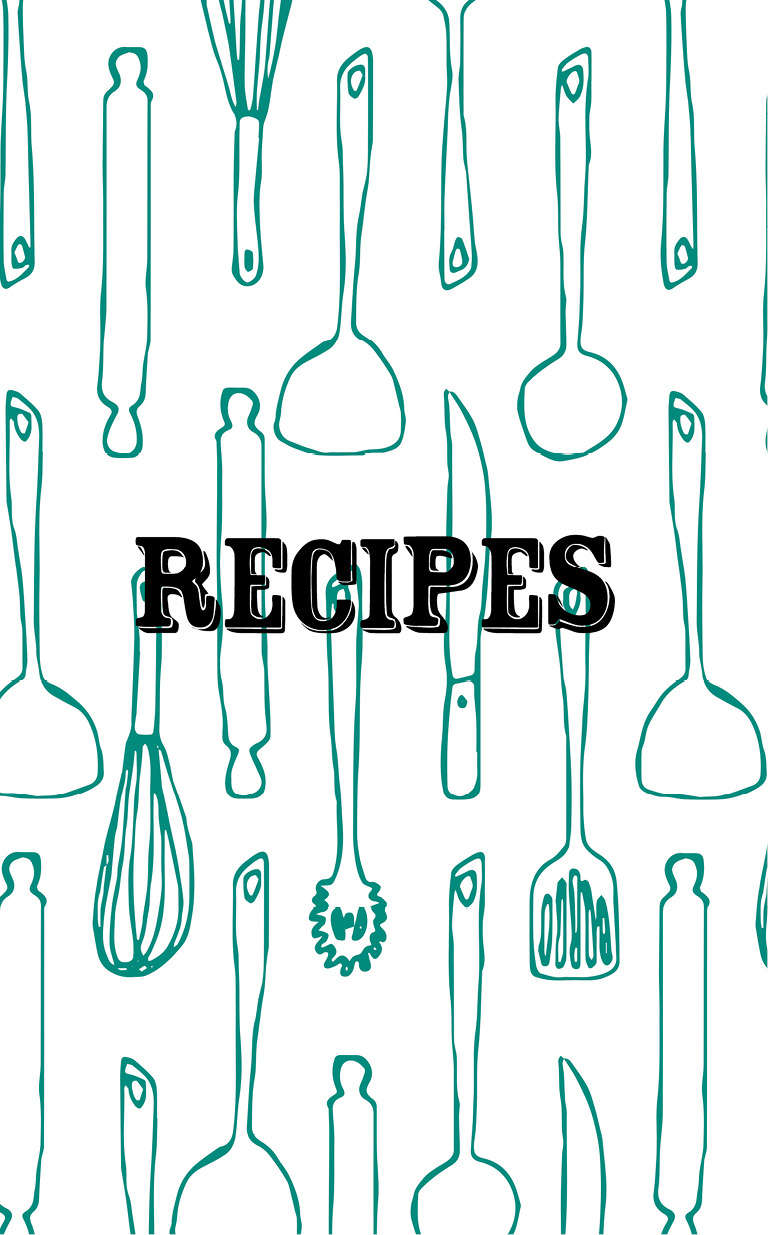
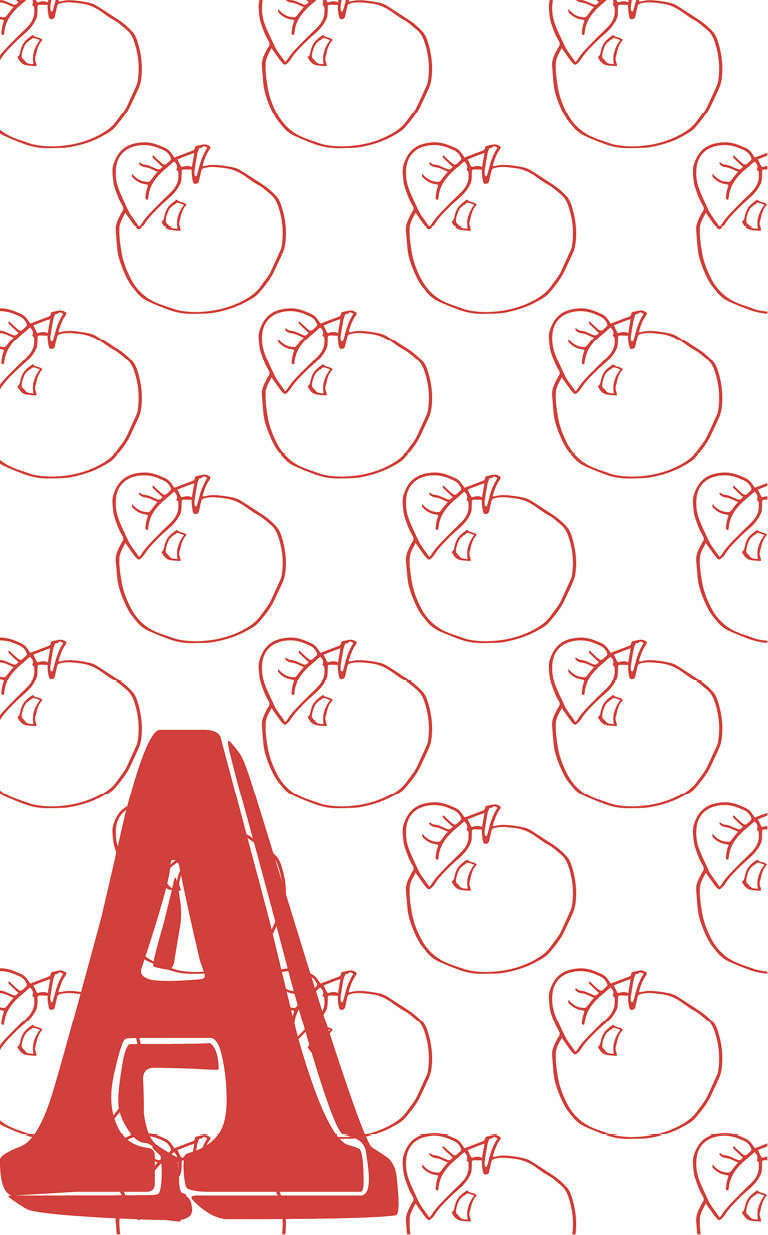
A is for... Apple
Traditional folklore is brimming with references to the apple trees virtues. This ancient, and thoroughly English tree has provided abundant food for centuries, and has many uses in the kitchen (both sweet and savoury) as well as in herbal remedies. In 1931, when writing Modern Herbal, a Mrs Grieve stated that there used to be 2,000 varieties of apple, but with the unfortunate decline of private orchards, many of these wonderful fruits have been lost. This is a true classic and a great starter recipe, so delicious and so easy to make - perfect with pork and crackling. It would also be wonderful with cold meats or added to a traditional gravy - giving a hint of fruit sweetness to your dishes.
Apple Chutney
Ingredients
1kg cooking apples
600g sugar (muscovado or demerara works best)
600ml cider vinegar
300g raisins
2 shallots (regular onions would work just as well)
2 tbsps of whole-grain mustard
3cm (roughly) of ginger, grated
A pinch of salt
Method
- Core, peel (optional) and roughly chop the apples.
- Place the apples, along with all the other ingredients into a large, heavy-bottomed saucepan.
- Bring the temperature up, and cook the ingredients on a medium boil for a couple of minutes.
- Then, allow to simmer for roughly thirty minutes. Cook until the mixture has obtained a thick, jam like consistency.
- If sufficiently cooked, remove from the heat and allow to cool slightly.
- Transfer your warm chutney into warm sterilised jars. Cover with a wax paper disc and seal.



